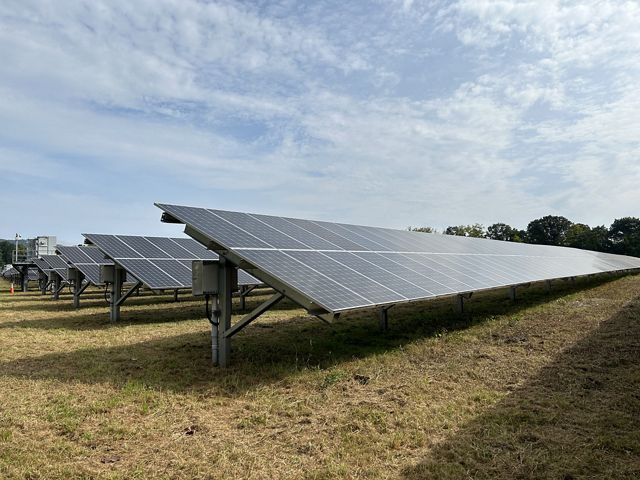Tackling Climate Change in Georgia
Accelerating solutions in this critical decade.
Once dismissed as a distant threat, climate change is now felt by communities across Georgia. Our coastal cities and counties face rising sea levels and frequent flooding. Our farms and businesses strain under financial burdens caused by extreme weather events that grow increasingly unpredictable and frequent. In our forests and natural areas, changes to habitat are transforming familiar landscapes and biodiversity.
The Nature Conservancy is tackling climate change in Georgia through two connected strategies:
- Mitigation: Reducing the carbon dioxide and other greenhouse gas emissions that drive climate change is the key to protecting the lands and lives we cherish. TNC is working with businesses, communities, landowners, government officials and others to implement practical solutions that reduce emissions in Georgia.
- Adaptation: Recognizing that climate changes are already impacting people and wildlife in our state, we are helping communities respond. Utilizing data and innovative tools, we are helping local governments refine their planning efforts and incorporate effective, nature-based solutions to meet the challenges they face.

Embracing a clean energy future is essential for Georgia’s continued vitality, and it is already generating new jobs and economic growth here. The Nature Conservancy is collaborating with partners in the private and public sectors to expand the use of renewable technologies like solar energy and to tap the power of natural agents like trees and marshlands to reduce the amount of carbon emissions in the atmosphere.
Georgia ranks among the top 10 states when it comes to solar energy capacity, and solar’s share in meeting the state’s energy needs will continue to grow. The Nature Conservancy is working with utilities, government officials and other partners to make sure this carbon-free solar energy grows in ways that minimize conflicts with our state’s sensitive lands and habitats.
At the policy level, we are working to enact bipartisan measures that deliver meaningful progress in increasing our climate resilience. From the expansion of renewable energy and nature-based climate solutions to the deployment of newer technologies like carbon capture and hydrogen, there are solutions at hand.
By acting now and working together, we will meet this challenge.

Nature is our first line of defense against many climate impacts. That is why we are investing in a number of innovative programs which aim to help vulnerable communities prepare for and mitigate the impact of sea level rise as well as restore critical habitats such as maritime forests, salt marsh, floodplains and oyster reefs. This includes cost-effective solutions to protecting communities and economies such as new planning tools, an innovative salt marsh insurance study, and resiliency plans.
With these programs and studies, we are working with local residents and experts to explore new ways to mitigate the impacts of climate change like urban heat, extreme flooding, catastrophic storms and stormwater runoff.
In addition to coastal protection, natural ecosystems and nature-based solutions supply a host of other benefits, including improved water quality, recreational space and healthier fisheries. Trees and other green infrastructure also capture and store carbon, while providing critical habitat for Georgia's native flora and fauna.
